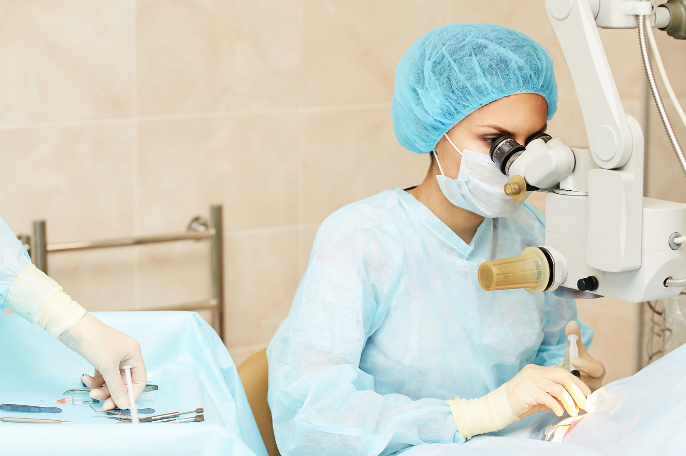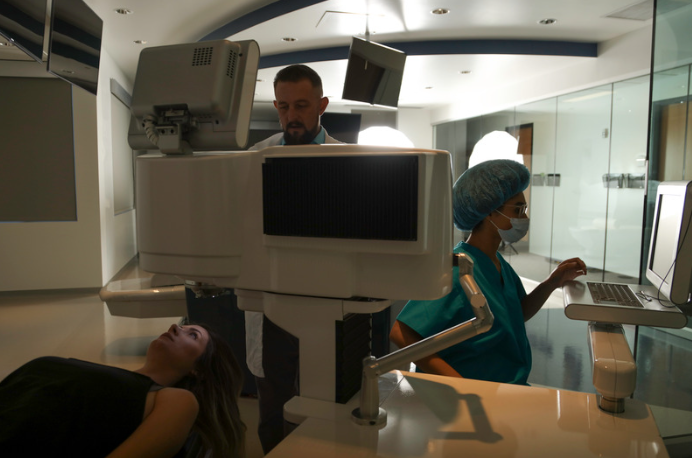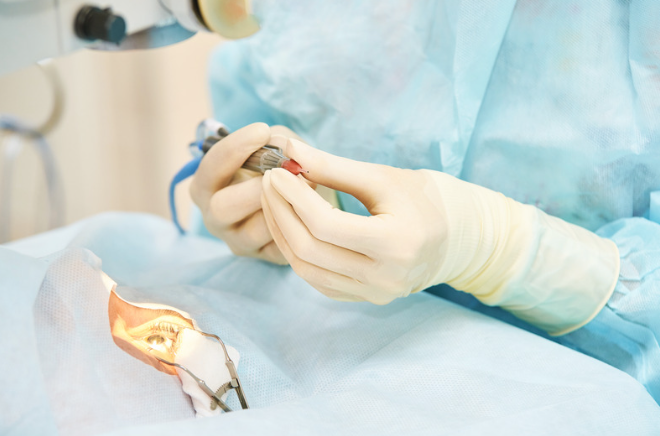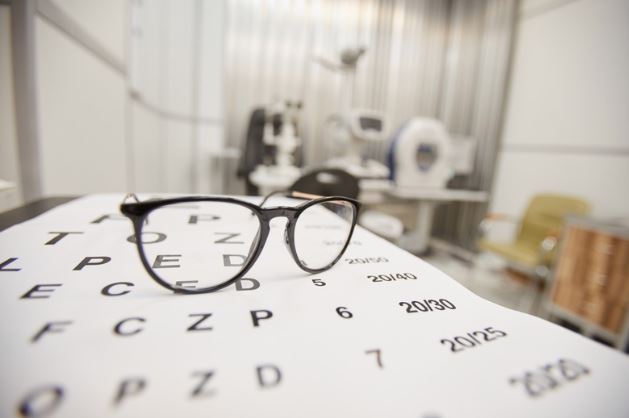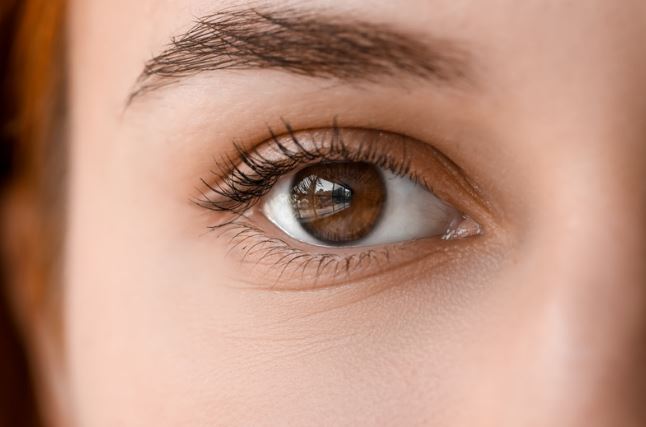Want to Work in Space? - Squinters Can Now Apply Poor eyesight has long been the bugaboo of many aspiring astronauts, disqualifying more would-be space travelers than any other physical requirement since the beginning of the U.S. astronaut program in 1959. Now, nearly a half-century after the program began, NASA is loosening its vision standards, allowing more men and women to reach for dreams of flying into space. As it kicked off recruitment of the 2009 candidate class this week,…





